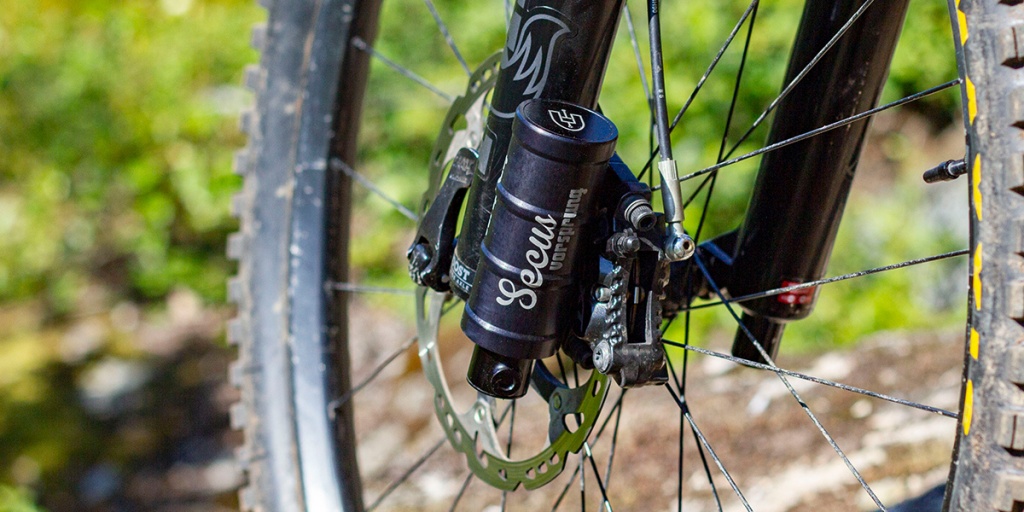Рейтинг
+42458.20
голосов: 70
Сила
108022.78
kuzlich
Кузька
Разделы Винка с Годзиком (13:00) и Винни-Ти (55:00) — самый жир!
Ты так часто крутишь настройки? Меня так-то тоже раздражает это устройство крутилок, но работа того стоит, кмк
Как всегда занимательное видео от Реми Метайлера. Опять раскатывает новые для себя трейлы с местным гидом. / Oxigen 16
Ну мха там местами нет же. Но да, местных бы сюда, чтобы про зацеп рассказали. Сдаётся мне, что камень там довольно абразивный
Это какие-то неправильные классические дюймовые размеры. У олдов канонiчные 222, 240 и накрайняк 267, а не вот это вот всё.
Для найнера получился очень лаконичный, я даже красивым его бы назвал.
Вставки — отличное решение! Интересно как узел крепления верхних перьев к линку сделан. Там тоже вставка сменная?
Вставки — отличное решение! Интересно как узел крепления верхних перьев к линку сделан. Там тоже вставка сменная?
Так что капать в себя нужно? И точку Г посмотреть бы. Где продолжение?
Это сугубо мое личное мнение) ну мне правда так кажется. Часы говорят об обратном, но визуально 26 и 27.5 мне больше импонируют
Как приятно, когда на сайте есть представитель бренда здорового человека! Дичайше плюсую за ответы!
Начало у выпуска максимально бодрое, местами даже смотреть больно
Мои бывшие м810 без ремки сменили аж 5 велосипедов и теперь у нового владельца трудятся. Им реально больше 10 лет, м820 попозже вышли)
Спасибо за ответ, теперь точно понятен диаметр колёс))))
«Утёк в сеть» — это я к тому, что доступ-то к нему только по ссылке. Судя по комментариям, вчера эта ссылка попала в руки кому-то не из Canyon.
В общем ждём 1 декабря, благо осталось чуть-чуть.
«Утёк в сеть» — это я к тому, что доступ-то к нему только по ссылке. Судя по комментариям, вчера эта ссылка попала в руки кому-то не из Canyon.
В общем ждём 1 декабря, благо осталось чуть-чуть.
Эти (или такие же) фотокарточки добавить бы в статью, дабы сполна можно было насладиться технологической разработкой
Думаю всё банальнее. Кто-то ответственный из SC изначально даже не подумал как подрядчик будет снимать краску. А подрядчику откуда знать про термоотпуск и всё такое? Есть заказ снять краску — они и сняли. Едва ли там вообще в режимах проблема, скорее всего в самом факте нагрева рам в печах.
Спасибо, почитал ответы от Санты на пинке. Да, действительно говорят что уже готовые к отправке рамы забрали «для изменения цвета.» Это провал, кнчн.
Новость исправил, ещё раз спасибо!
Последний раз редактировалось
Везде пишут про «повреждения при снятии краски». А зачем её снимать? Вот я про брак при покраске и подумал. Если всё делали, чтобы перекрашивать под «новы модельный год» — это прям сильно
Та где я, а где новые байки. Это фантастика ©




kuzlich